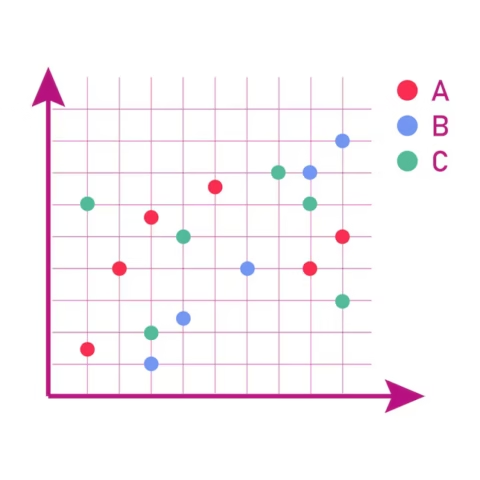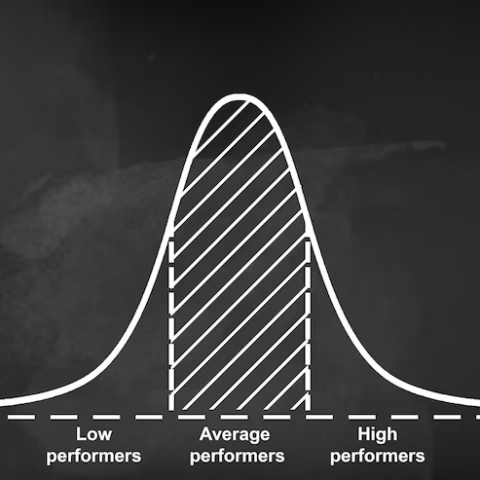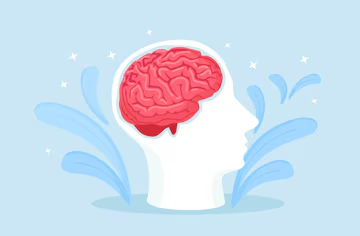
Recent Posts

Point-Biserial, Phi Coefficient, Biserial, and Tetrachoric Correlation: 4 Important Types of Correlation
Introduction In psychological and educational research, not all variables are continuous. Many important variables — such as gender, pass/fail outcomes, yes/no responses, or item correctness — are dichotomous (i.e., having

Correlation: Concept, Meaning, and 3 Important Ideas in Its Nature
Introduction Correlation is a foundational statistical concept used to examine the degree and direction of association between variables. It allows psychologists, educators, and social scientists to answer critical questions about

Counsellors (Contract Basis) at Navodaya Vidyalaya Samiti (NVS)
Navodaya Vidyalaya Samiti (NVS) – Regional Office Pune Jawahar Navodaya Vidyalayas (JNVs) – fully residential, co-educational schools with classes VI to XII – invite online applications from eligible candidates for

Neuropsychological Rehabilitation and 4 Important Goals of It
Introduction Neuropsychological rehabilitation stands at the intersection of neuroscience, psychology, and functional therapy. It is a systematic and patient-centered process intended to help individuals regain as much of their cognitive,

Neuropsychological Assessments and 6 Important Core Domains In It
Introduction Neuropsychological assessments is a cornerstone of modern clinical practice in understanding how brain functioning affects behavior. It goes beyond routine mental status exams by using validated, standardized tools to

Probability and 5 Important Properties of the Normal Distribution Curve
Introduction Probability theory and the normal distribution curve represent two of the most foundational concepts in the field of statistics, especially within disciplines like psychology, education, sociology, and other social

Percentiles, Percentile Ranks, and Standard Scores: 3 Important Concepts in Statistics
Introduction In psychological and educational measurement, one of the major challenges is interpreting individual performance in a way that is meaningful, accurate, and comparable across different tests, populations, and contexts.

3 Important Measures of Central Tendency
Introduction In the fields of psychology and education, data collection and interpretation play a crucial role in informing decision-making, evaluating outcomes, and conducting research. Descriptive statistics are foundational tools that

Brain Plasticity and 4 Important Mechanisms of It
Introduction Contrary to early beliefs that the adult brain is a static organ, contemporary neuroscience confirms that the brain remains plastic throughout life. Neuroplasticity involves several processes—neurogenesis, synaptic pruning, dendritic

4 Important Brain Lobes Their Structure, Functions, and Associated Disorders
Introduction The cerebral cortex of the human brain is divided into brain lobes that reflect both structural and functional specializations. These lobes—frontal, parietal, temporal, and occipital—coordinate complex processes such as

Mechanism of Hormone Action and 3 Important Classifications of Hormones
Introduction Hormones are chemical messengers secreted by endocrine glands into the bloodstream, influencing target cells at distant sites. Unlike neurotransmitters, which act quickly and locally, hormones have broader, systemic effects

Programme Evaluation Research and 7 Important Steps In It
Introduction Programme evaluation research is a systematic method for collecting, analyzing, and using information to answer questions about projects, policies, and programs, particularly about their effectiveness and efficiency. It plays


